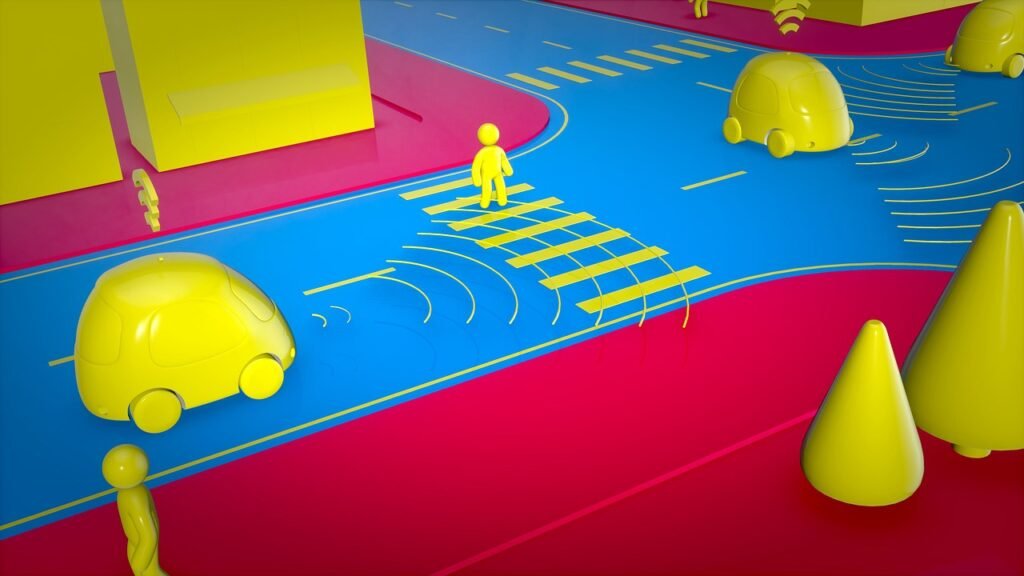Introduction
Years ago, manufacturers primarily focused on passive safety technology to minimize damage or injury during a collision. However, in recent years, there has been a significant shift towards active safety systems designed to avoid accidents altogether. One such system that is gaining prominence is LiDAR (Light Detection and Ranging). Initially used in meteorology and topography, LiDAR has now become an integral part of developing safe autonomous driving. In this blog post, we will explore what Lidar is, how it works, and its role in the future of automotive safety.
What is LiDAR?
LiDAR is an acronym for Light Detection and Ranging. It is a system that utilizes various components to create a highly accurate 3D map of the vehicle’s surroundings. The system consists of a laser transmitter, a photodetector receiver, and an array of lenses. The laser emits pulses of light, which bounce off objects and return to the LiDAR unit. By calculating the time it takes for the pulses to return, LiDAR can determine the distance to the objects.
How does LiDAR work?
When a laser pulse hits an object, it reflects back to the LiDAR unit. The receiver, or photodetector, picks up these returning pulses. By analyzing the time it takes for the pulses to return and the direction from which they came, LiDAR creates a detailed picture of the surrounding environment. Computer algorithms then analyze this data to identify and classify objects such as vehicles, pedestrians, animals, and other potential hazards.
Compared to other sensing technologies like sonar and radar, LiDAR offers a higher resolution and greater accuracy. This enables LiDAR to create a highly precise 3D map of the surroundings, allowing for better detection and identification of objects on the road.
The Role of LiDAR in Automotive Safety
Automobile manufacturers are increasingly incorporating LiDAR technology into their vehicles as they work towards perfecting autonomous driving systems. By creating a digital map of the vehicle’s surroundings, LiDAR can alert the driver to potential hazards and, in some cases, even take action to avoid a collision if the driver does not respond in time.
LiDAR’s ability to accurately detect and classify objects makes it a crucial component in advanced driver assistance systems (ADAS). These systems provide real-time warnings to the driver and can intervene to prevent accidents. For example, if LiDAR detects a pedestrian crossing the road, it can send an alert to the driver or even apply the brakes automatically if necessary.
Furthermore, LiDAR’s high-resolution mapping capabilities are essential for autonomous vehicles. LiDAR allows these vehicles to navigate complex environments by providing detailed information about the surroundings. By continuously scanning the environment and updating the digital map, LiDAR enables autonomous vehicles to make informed decisions and safely navigate through traffic.
The Future of LiDAR
As technology continues to advance, LiDAR systems are becoming more sophisticated and affordable. This progress is driving the widespread adoption of LiDAR in the automotive industry. In the near future, we can expect to see LiDAR becoming a standard feature in many vehicles, not just in autonomous cars.
With the increasing demand for safer and more efficient transportation, LiDAR technology will play a crucial role in achieving these goals. It will continue to evolve and improve, providing even more accurate and reliable data for enhanced safety and autonomous driving capabilities.
In conclusion, LiDAR is a revolutionary technology that is transforming the automotive industry. Its ability to create highly accurate 3D maps of the surroundings and detect potential hazards makes it an essential component in active safety systems and autonomous driving. As LiDAR technology continues to advance, we can expect to see safer roads and a future where autonomous vehicles are the norm.

